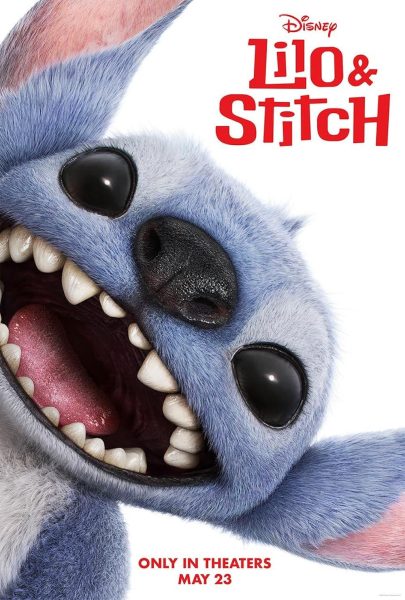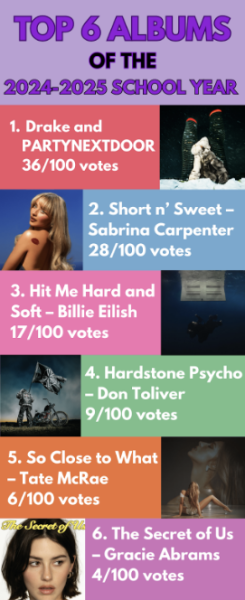Excellent Christmas films available over the holidays
It has been said in the past that great Christmas films are few in number. While this may be true – as, indeed, fans often resort to naming “Die Hard” (1988) as the best of them when nothing else comes to mind – there are many alternatives for those to whom “A Charlie Brown Christmas” has become commonplace (though I continue to watch it, and personally believe its music is a timeless holiday accessory). Below are listed three Christmas films which are of a high artistic quality. Two of the three were released before the Charlie Brown specials – but all of them have proven enjoyable even among audiences who rarely traverse into the world of classic cinema.
Frank Capra’s “It’s a Wonderful Life” (1946) is a brilliant story of a businessman who finds his life valueless and mundane. It is arguably the most accessible of all American film classics, continuing to affect people of all backgrounds. Over the past 69 years, it has attained this quality not through excessive sentimentality, but instead due to the development of George Bailey as a character, and Capra’s direction.
The protagonist of “It’s a Wonderful Life” is a man to whom virtually anyone can relate, undergoing a serious reflection upon his past and understanding how many individuals he has affected for the better over his life. Through the film’s themes of success, love, corruption and introspection, it achieves great dramatic effect. In an instance of highly intelligent storytelling, the aphorism that “he who saves one life saves the world entire” is dramatized. Early in his childhood, George saved the life of his brother Harry, who later becomes a hero in his own way. The viewer discovers further details of this plot thread in a distinct way, however, one which is better left a surprise for those who have not seen the film.
Though the protagonist is a businessman and the antagonist is one of classic cinema’s best-known representatives of greed, the cast and crew manage to create something positively universal.
Shortly after the release of that masterpiece, George Seaton’s “Miracle on 34th Street” (1947) opened to theaters. The film follows the controversy surrounding an old man’s claim that he is Santa Claus. Although the story centers on this children’s figure, the film is marketable to all ages due to how it is told, as time is set aside for most characters’ points of view over the holiday season. Adult viewers may be entertained by Doris’ efforts and motivations in keeping her young daughter, Susan, from believing in any myths.
“Miracle on 34th Street” is an occasionally funny film as well, and finds much of its humor in moments of social commentary. Doris, for much of the running time, comes off as the “wet blanket,” eschewing holiday spirits because she finds it harmful to her daughter’s development. Kris Kringle, the man who takes over as the Santa Claus of the Macy’s Thanksgiving Day Parade, is also critical of Christmas’ commercialization. (In more miscellaneous jokes, his name itself is a western spelling of the German name for Santa Claus.)
Through its low-key sentimentality and sense of humor, “Miracle on 34th Street” avoids melodrama that would have made it tawdry for those other than children.
Within the history of holiday movies, there have also been films which bridged gaps between Christmas comedy and other genres. One such example, now arguably a cult classic, is “The Nightmare Before Christmas” (1993), produced and conceived by Tim Burton. The film follows Jack Skellington, a skeleton leading Halloween Town, as he finds a portal into the North Pole and controversially tries to reinvent Christmas on his own terms. With the other creatures of Halloween Town bored by anything that is not scary, Jack enlists them to different roles in reshaping the holiday’s signature elements.
In addition to its memorable story, “The Nightmare Before Christmas” is a work of visual virtuosity. Its stop-motion visuals received much attention upon release, and had a wide influence on later animated films. Cinematographer Pete Kozachik employs a rich yet downcast color palette – one of blues, dark browns and greens – to enliven Halloween Town while also preserving the gloom of the ghosts and goblins inhabiting it.
With regard to its artistic quality, “The Nightmare Before Christmas” measures overall on the first-to-second tier of holiday movies. One sometimes wishes for more development of Sally as a character – though the film’s plot is compelling, and its imagery remains invigorating.
These films are able to balance well-conceived stories with the ability to avoid excessive sentimentality that restricts them to a certain group. They are accessible to various audiences given the way their stories unfold, and the perspectives from which we see them. I may well watch them all again sometime – but as for now, I assign an A- for “The Nightmare Before Christmas”; the same for “Miracle on 34th Street”; and a strong A for “It’s a Wonderful Life.”
Your donation will support the student journalists of Chantilly High School. Your contribution will allow us to cover our printing and annual website hosting costs.











